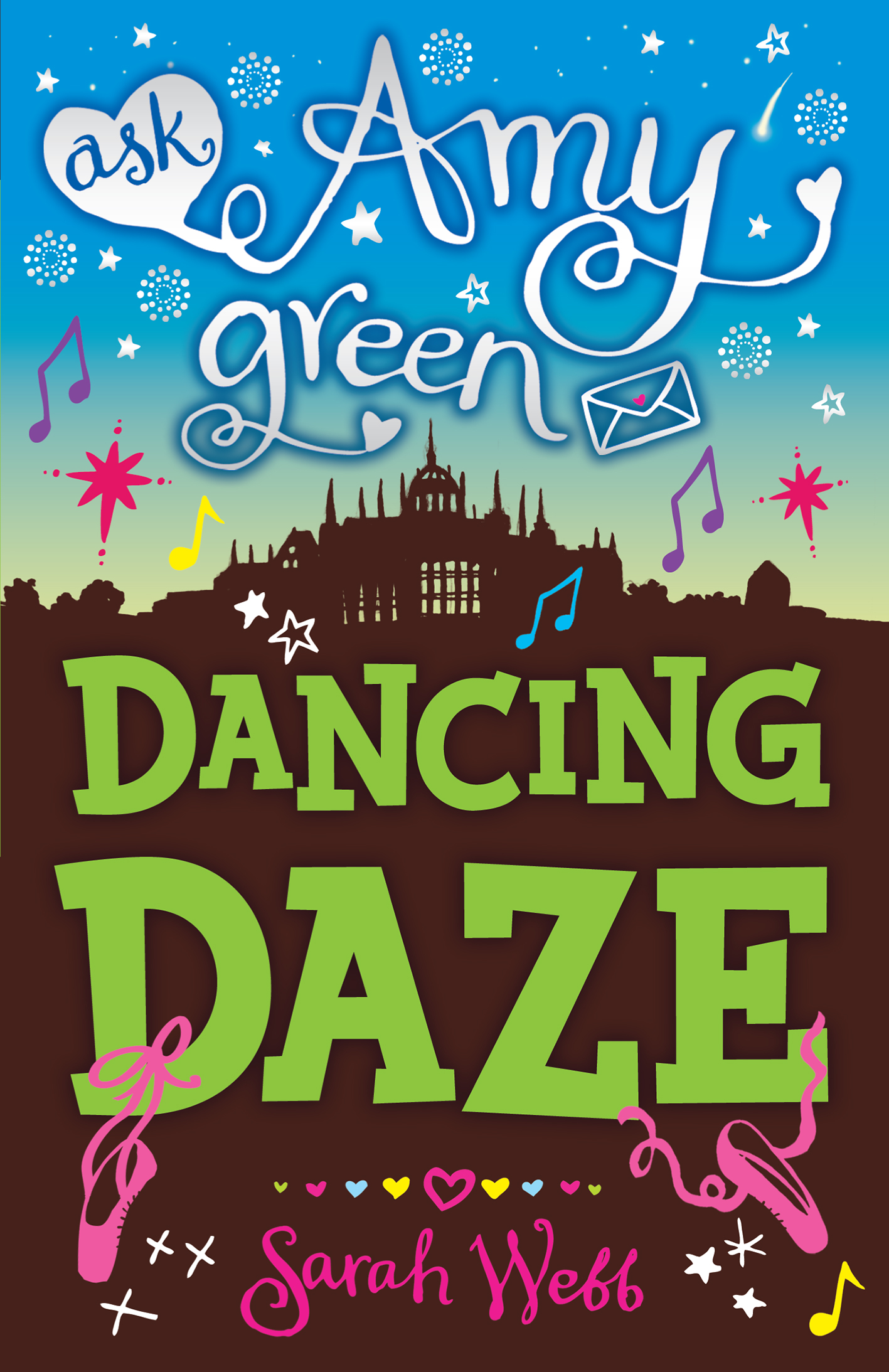It's that time of the year once more. The Children's Books Ireland Book of the Year Awards shortlist will be announced on 18th March and the final Awards will be announced on 13th May.
Last year's winner was Sheena Wilkinson for Grounded, which also won the Children's Choice Award. Who will win this year? Here are my predictions (there are usually 10 books on the shortlist, including 1 or 2 Irish language books - I have left these off as I haven't read them yet):
1/ Overall Book of the Year Award: Back to Blackbrick by Sarah Moore Fitzgerald
2/ Eilis Dillon Award for First Book: Back to Blackbrick by Sarah Moore Fitzgerald
Which Irish book from 2013 have I thought about and remembered more than any other book? The answer is Back to Blackbrick. A gripping novel about Cosmo and his grandfather who has Alzheimer's, it's a touching, cleverly plotted time shift novel that deserves the overall Award AND the Eilis Dillon. No, it's not perfect, there are a few plot problems and there is one particular scene that just does not work (I won't spoil the book for you), but it's written with such conviction and such heart, that you overlook these small things. An exciting new talent.
3/ Honour Award for Illustration: Oliver Jeffers for The Day the Crayons Quit
What can I say? It's Oliver and it's perfect. Could win the overall prize as the illustrations are legendary.
4/ Honour Award for Fiction: The Maleficent Seven by Derek Landy
If Derek doesn't win an award for this wonderful book, there is no justice. It's beautifully plotted, full of larger than life characters and crackles with tension and wit. Yes, it's funny, but funny is very hard to pull off. Give him an award, please!
5/ Judge's Special Award: Pandamonium at Peek Zoo by Kevin Waldron
Waldron is simply brilliant. His muted, retro illustrations are a joy to look at.
Shortlisted Titles:
6/ The Sleeping Baobab Tree by Paula Leyden
Another magical African adventure from this talented writer.
7/ Tall Tales from Pitch End by Nigel McDowell
Published by Hot Key, this debut is one to watch. Could be a surprise shortlist contender.
8/ Death and Co by D J McCune
Another impressive debut for older readers of 12+ featuring spirit guides and lots of dark doings. Atmospheric and memorable.
9/ Heart Shaped by Siobhan Parkinson
Sharp, moving and funny, this is Parkinson at her best.
10/ Stay Where You Are and Then Leave by John Boyne
A wonderful World War I novel that had me in tears.
10/ Improper Order by Deirdre Sullivan
Even better than the first book. Funny, sweet and quirky. Primrose rules!
Also shortlisted could be:
Rebecca Rocks by Anna Carey
Yes, it's funny, but it's also beautifully written and a timely look at teens, peer pressure and sexuality. An important book by an author to watch. Deserves to be on the shortlist, but as it's such a charming, easy read, it may not be. Ditto, Judi Curtin, Oisin McGann and Derek Landy. However as Nathaniel Hawthorne once said, 'Easy reading is damn hard writing.'
Ratrunners by Oisin McGann - Gripping dystopian thriller. About time McGann is credited for his stellar and wide ranging work.
The Brave Beast by Chris Judge - Strong illustrations and a sweet story make this a real contender.
Little Owl's Orange Scarf by Tatyana Feeney - Wonderful design and illustrations.
Sanding in for Lincoln Green by David Mackintosh - I have a huge soft spot for Mackintosh's work - it's so original.
Also: The Trials of Oland Born: Curse of Kings by Alex Barclay and The Keeper by Darragh Martin - 2 strong debut fantasy novels; The Milo Adventures by Mary Arrigan; Eva and the Hidden Diary by Judi Curtin; Too Many Ponies by Sheena Wilkinson; Missing Ellen by Natasha Mac A'Bhaird and Wormwood Gate by Katherine Farmer; WARP by Eoin Colfer; Hagwitch by Marie Louise Fitzpatrick and finally, Storm Clouds by Brian Gallagher.
What was your favourite book of the year? I'd love to know.
Yours in books,
Sarah
PS Although I am on the Board of CBI, these opinions are my own.













































